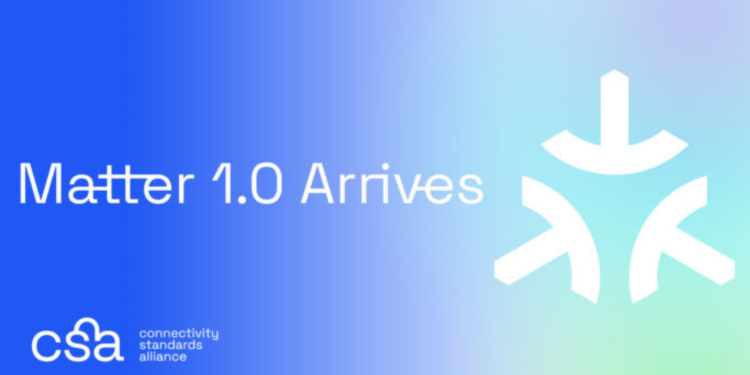The Connectivity Standards Alliance and its members, which include Apple, Google, Amazon, Samsung and other smart home manufacturers, today announced the official launch of the Matter 1.0 smart home accessory standard.
Companies that have agreed to support Matter now have all the resources they need to implement Matter into their platforms, so we can expect Apple to integrate Matter into HomeKit very soon. In fact, iOS 16.1 already lays the groundwork for Matter, so Matter could be announced with the release of the update. Tobin Richardson, President and CEO of the Connectivity Standards Alliance, expressed as follows:
What began as a mission to untangle the complexity of connectivity has resulted in Matter, a single, global IP-based protocol that will fundamentally transform IoT. This release is the first step in a journey our community and the industry are taking to make IoT simpler, more secure, and more valuable, no matter who you are or where you live. With support from companies large and small around the world, today's release of Matter 1.0 is more than a milestone for our organization and our members; it's a celebration of what's possible.
First version of Matter supports a variety of smart home products
With the launch of Matter 1.0, authorized test labs are now available for product certification, tools are available, and the open-source reference design SDK is complete. Alliance members who already have devices in use and plan to update their products with Matter support can do so once their products are certified. Matter is an Internet of Things standard designed to improve smart device interoperability across brands, allowing HomeKit devices to work with other smart home devices from Google, Amazon, and others. Matter works over WiFi and Thread, with WiFi enabling smart home devices to communicate with the cloud and Thread providing an energy-efficient and reliable mesh network in the home. The Connectivity Standards Alliance says the first version of Matter will support a wide range of smart home products such as lighting, HVAC controls, window coverings, security sensors, door locks, media devices, controllers, and bridges. (Image: Connectivity Standards Alliance)





